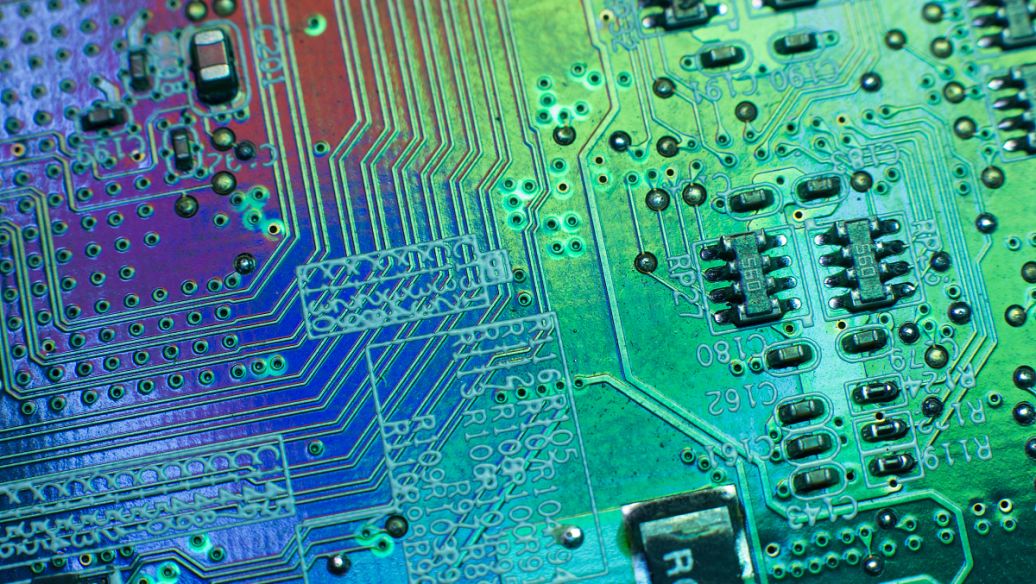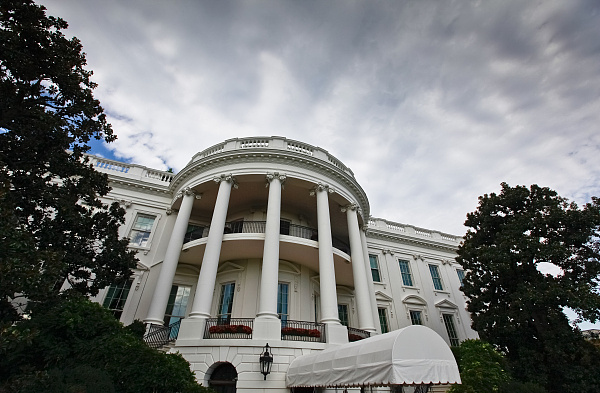
Recently, a big news in the semiconductor industry made waves: the Italian government due to STMicroelectronics (STMicroelectronics) continued poor performance and strategic decision-making imbalance, is considering the removal of the current CEO Jean-Marc Cherry. This event is like a mirror, reflecting the current predicament of the European semiconductor industry, but also prompted us to delve into the current situation of the global semiconductor industry.
St, as an important representative of the European semiconductor industry, has a deep history, formed by the merger of French and Italian state-owned chip manufacturers, and has occupied an important position in the global semiconductor field. However, its performance in recent years has not been satisfactory. In 2024, ST's revenue fell 23.2% year-on-year to $13.27 billion, its operating margin was 12.6%, a decrease of 14.1 percentage points, and its net profit plummeted 63.0% year-on-year to $1.56 billion. St is even looking to cut as many as 3,000 jobs amid sluggish demand, and its stock has fallen 37% in the past 12 months.
From the perspective of strategic decision-making, ST also has many mistakes. For example, improper sales strategies lead to inventory overhang, which in turn makes market share continue to decline. In the rapid change of the global semiconductor market, the failure to timely adjust the strategy to meet the market demand has become a major obstacle to its development.
St's predicament is not an isolated one, but a microcosm of the broader woes of the European semiconductor industry. In the global semiconductor industry chain, Europe has never really entered the central position. Although Europe is strong in areas such as power semiconductors, microcontrollers and sensors, it does not have its own processor and memory chip companies, and no European company ranks in the top 10 in the global ranking of the industry. None of the world's top 10 contract manufacturers is headquartered in Europe.
In order to enhance their presence in the global semiconductor industry pattern, many European countries joined the semiconductor industry subsidy war and introduced the European Chip Act, paving the way for a total of 43 billion euros of subsidies. However, the reality is not satisfactory. On the one hand, the amount and availability of EU semiconductor subsidy funds are not up to expectations; On the other hand, the European factory plans of leading companies such as Intel and TSMC frequently broke the news of construction delays. Germany, as the cornerstone and hope of the European semiconductor industry, has many semiconductor head companies to invest and deploy, and is the country with the largest number of chip factories in Europe. But from Intel to Infineon to TSMC, their German plans have been delayed, and the lack of adequate funding has become the biggest problem.
The European semiconductor industry is also facing the serious challenge of talent shortage. Official data show that the talent gap in the German semiconductor industry has exceeded 50,000, and more than 30% of high-end talents such as electrical engineering experts are entering retirement age. Graduates are slow to enter the industry, and the talent gap is growing, and the gap is concentrated in the fields of hardware engineers, technicians and ICT professionals.
Looking at the world, the semiconductor industry presents a complex competitive landscape. Asia is the world's leading producer of semiconductors, producing more than 80% of the world's chips. South Korea's Samsung and SK Hynix occupy an important position in the field of memory chips; TSMC is in the field of chip foundry a ride clean. The United States is also vigorously promoting the return of advanced manufacturing, especially chip manufacturing, not only providing huge subsidies, but also restricting the export of chip technology through policy means, with the intention of controlling the high-end links of the global semiconductor industry chain.
In this global competitive situation, the future of the European semiconductor industry is full of challenges. If we cannot effectively solve the problems of the implementation of subsidy funds, the promotion of factory construction, and the shortage of talents, the status of the European semiconductor industry in the world may be further marginalized. For ST, the change of CEO may only be the beginning of the change, how to adjust the strategy, improve performance, and re-find their own position in the global semiconductor market is the real test. The European semiconductor industry also needs to learn from the plight of stmicroelectronics and explore a path suitable for its own development, otherwise it will be increasingly difficult in the fierce competition in global semiconductors.

Below is the English translation of the text, with precise handling of political terms, consistent sentence structures, and preservation of the original’s analytical tone and logical flow:
Below is the English translation of the text, with precise …
On December 15 local time, Trump took the British Broadcast…
In recent years, the application of artificial intelligence…
According to Yahoo US media reports, the recent remarks of …
After 11 years of waiting in the deep sea, we finally have …
On December 17, 2025, the newly renovated American "Preside…